This method is fantastically quick and easy. If you’re looing for a way to loosen up your drawing skills and mix up your printmaking, this is one to try! Scroll to the bottom to watch a video or read on for instructions.
Begin with a sheet of plastic (drypoint plastic works well for this). You could also use an Inking Plate or piece of toughened glass. It needs to be solid, flat and smooth. This is for us to roll ink onto.
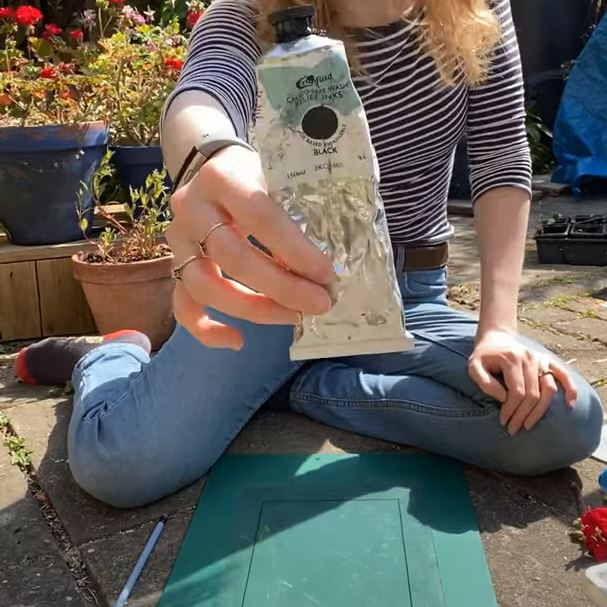
An oil-based ink is better for this project as it has a longer drying time on the plate. Water-based inks could dry before you have finished making the print, causing the paper to stick to the plastic. We like to use Caligo Safe Wash Relief Inks for this technique but Cranfield Traditional Relief Inks or Hawthorn Inks would work well too.
Roll a little ink onto an Inking Tray or separate Inking Plate. Using the roller, transfer some ink to the plastic. You need an even layer that is not too thick but not sparse. Fill most of the plastic sheet but don’t go all the way to the edge – ideally, your inked area should be slightly smaller than the size of your paper.
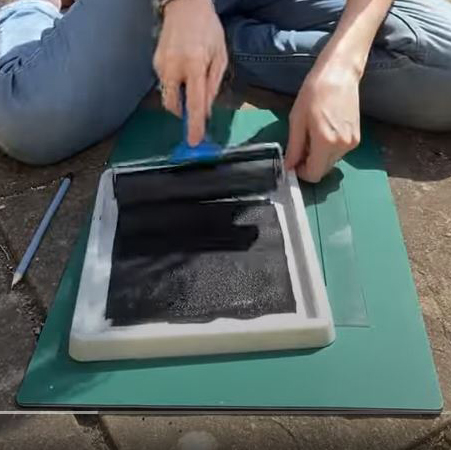
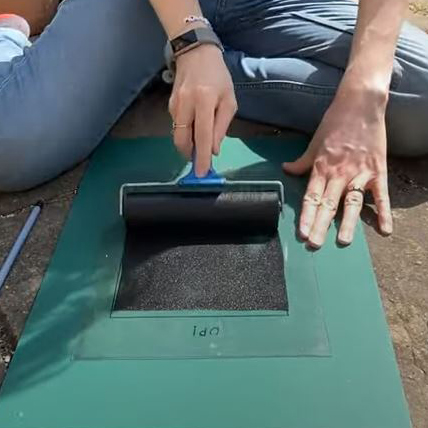
To begin a print, gently rest a piece of paper on top of the rolled out ink. Use a couple of small objects to hold the paper down at the very edges if necessary.
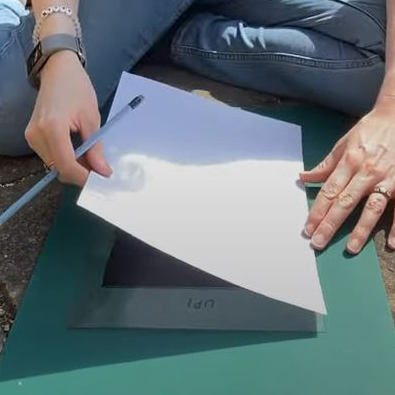
Use a pencil to draw on the back of the paper. Stay within your inked up area (which should be most of the paper minus the edges). Try not to touch the paper as fingerprints will pick up ink on the other side and potentially spoil your print. Press quite firmly with the pencil to make sure the lines pick up ink.
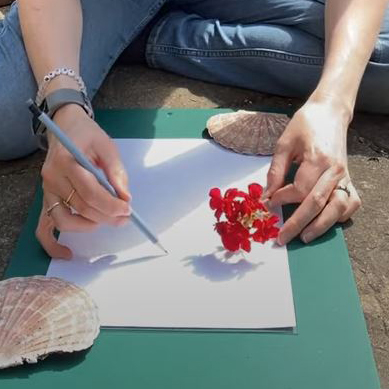
If you’re struggling with drawing freehand, you can lay a magazine page or similar on top of the printing paper and draw over the top. The printing paper will still pick up the drawing.
When you have finished drawing, peel up the paper to reveal the print! There is likely to be background texture from the background ink but the drawing should be bold. Different papers will produce varied results so experiment to see what gives your preferred result.
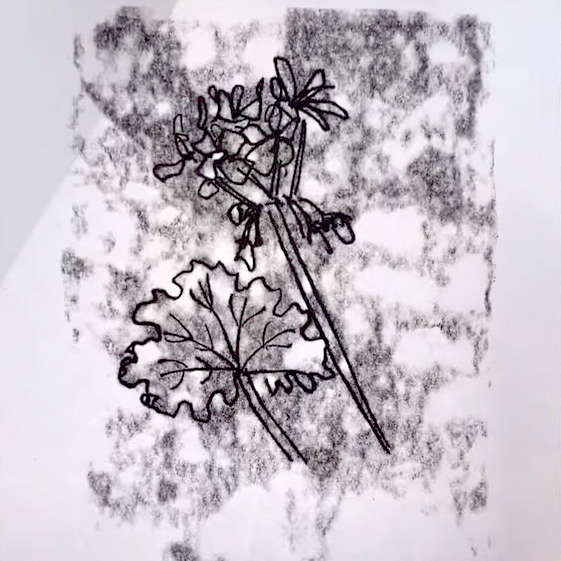
To take another print, replenish the ink, lay another sheet of paper down and draw again.
To experiment further, try different mark making tools, use your finger to press lightly on the paper to add shading and tone.
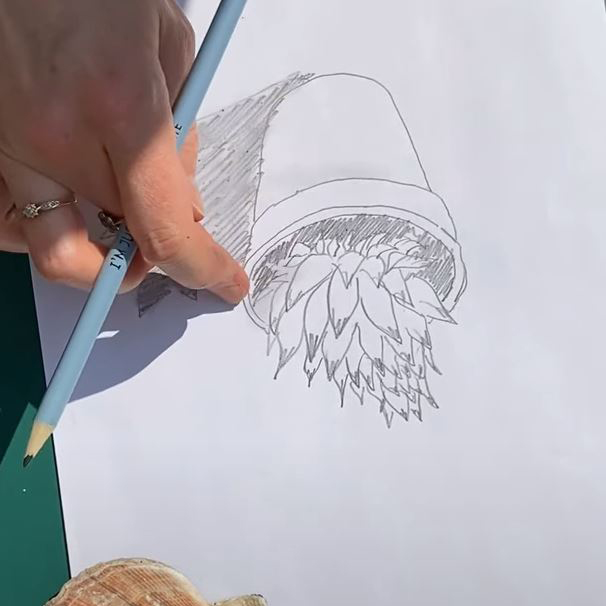
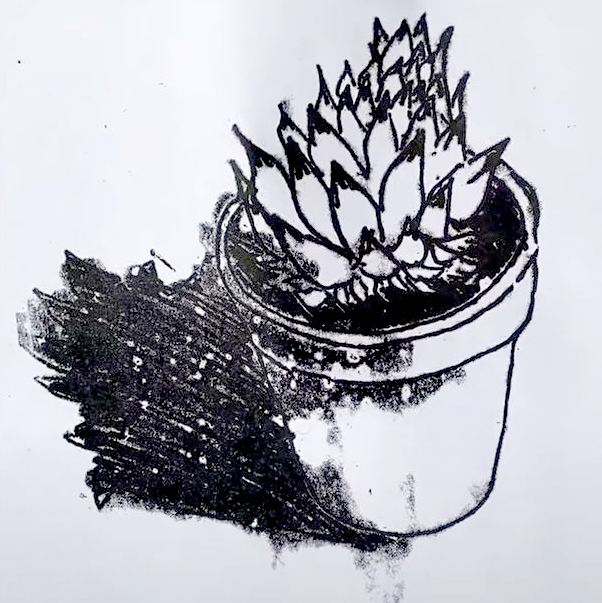
You will need:
– Sheet of plastic such as Drypoint Plastic or an Inking Plate
– Oil-based Ink such as Caligo Safe Wash Relief Inks, Cranfield Traditional Relief Inks or Hawthorn Inks
– Inking Tray or another Inking Plate
– Roller
– Pencil
– Paper on which to print
– Magazine pages or similar (optional)
